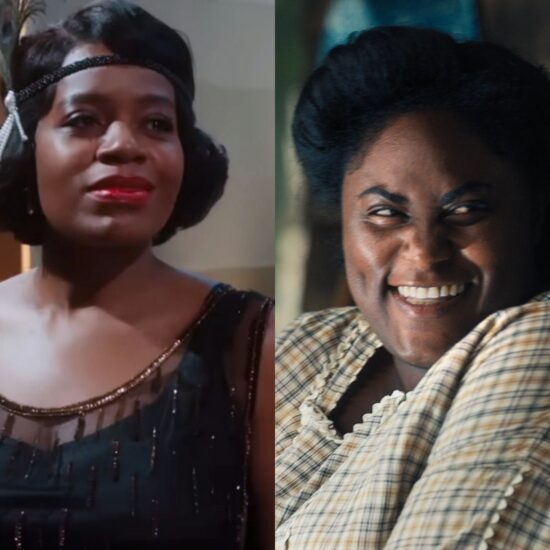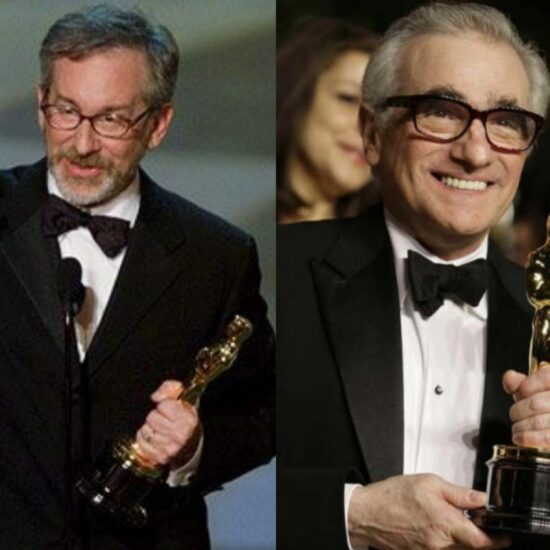
As the hulks of multi-million-dollar stadiums around the world attest in Haruna Honcoop’s investigative doc “Olympic Halftime,” the greatest global games have also built a reputation for massive waste and deception.
“It’s always the same story,” says the director about her subject, seen this week in its world premiere screening at the Ji.hlava Intl. Documentary Film Festival – potential Olympics host cities are pitched a glorious spectacle that will also somehow be eco-friendly and bring new economic vitality to struggling districts.
“But since the 1976 Montreal Olympics,” Honcoop says, “there are always debts for the host city and they pay these debts for 20, 30 years on average. And there have been no Olympics since that have ended up in the black.”
To make her point, Honcoop traveled the world for six years, sneaking into padlocked, disused arenas and gargantuan sports facilities that once played starring roles in Olympics games in Beijing, Tokyo and Athens. She also visits future sites of the Paris 2024 games, where locals are already decrying the loss of parks and peace to developers’ projects for the upcoming events.
“There have been efforts to reform the Olympics but they always fail and we always see the same kind of story,” Honcoop says. “And the International Olympic Committee is an NGO, basically, and it’s the richest NGO in the world, having all the profits from TV rights sales, all the income from the commercials and they even built a brand new headquarters in Lausanne.”
The scale of budget overruns are also staggering, as Honcoop documents in her globehopping indie doc – much of it filmed secretly with handheld gear. Media reports estimate that Greece spent about $11 billion on the 2004 Athens Olympics – about double the estimated costs. But that was soon to be eclipsed by Tokyo, which put nearly $13 billion into the 2020 games – which played to empty stadiums, thanks to COVID restrictions.
Honcoop took on great personal risk to document the remains of the 2022 Beijing Olympics, which ran up more than $38 billion in costs, while also displacing entire neighborhoods and villages, the latter to make way for ski slopes covered in artificial snow that used up billions of gallons of water.
“Olympic Halftime” also follows ex-athlete Jules Boykoff, an academic who has published highly critical books on the Olympics industry and is leading anti-games efforts.
Honcoop says his research was instructive: “When I talked to him in Japan – and also in France when he came to support the French anti-Olympic group – he said he doesn’t believe the Olympics could be reformed. And neither do I.”
A central figure in the growing global hucksterism, says Honcoop, the International Olympic Committee, was mum when she sought their input. “We tried to approach the IOC for an official statement but they never replied – we tried for one or two years.”
To get around this, Honcoop managed to get accredited as a journalist so she could go on IOC press junkets in Japan. She also filmed French Olympic promotional events until she was told to put down her camera.
Honcoop began her journey and her vast investigation with no backing, mainly driven by a hunch. “It was me alone in China, shooting secretly,” she says. Then, after she finally found a producer, in the form of Czech doc veteran Vit Janacek, she managed to get a camera operator – though often she would hire a local shooter with minimal crew. “We really had to stay kind of undercover.”
While shooting without authorization, Honcoop was caught “a few times” by Chinese authorities, she says, but luckily was only warned off, not arrested. She actually encountered much tighter security in Japan, she recalls.
“I got inspired by these abandoned places. There are a few ‘urbex’ explorers who document these places.”
A key collaborator Honcoop documents is a particularly fearless urban explorer, Jiang, whom she teamed with in Beijing to break into mothballed Olympic stadiums. “We got up at like 5 a.m. to get in secretly, very early in the morning so we could avoid the guards.”
Haruna Honcoop’s “Olympic Halftime”: Yoyogi Gymnasium in Tokyo under reconstruction in 2019.
Courtesy of Haruna Honcoop
Climbing fences at dawn to get her shots resulted in a palpable sense of suspense and much remarkable footage of vast, empty sports spaces with a distinctly post-apocalyptic feel.
She met her invaluable guide to ruins at a screening in China of Honcoop’s 2017 film, “Built to Last – Relics of Communist-era Architecture,” a journey through the greatest hits of East bloc concrete projects that illustrates her fascination with epic – and often sadly temporal – hulks.
Like the Olympics mega-structures, many communist-era ones continue to loom over cities to this day if only because tearing them down would cost more than leaving them to rust and crumble.
But such places clearly have a haunted quality that also lives on, as Honcoop captures again in “Olympic Halftime.” As one of her subjects puts it, “I think the ruins are alive, and in them the present, past and future all exist simultaneously.”
Honcoop, who is Japanese and Czech, is a PhD student at Prague’s FAMU film school, where she researches Chinese independent documentary filmmaking. She focused on Czech-Chinese relations in her prize-winning 2016 student film “True or False.”














